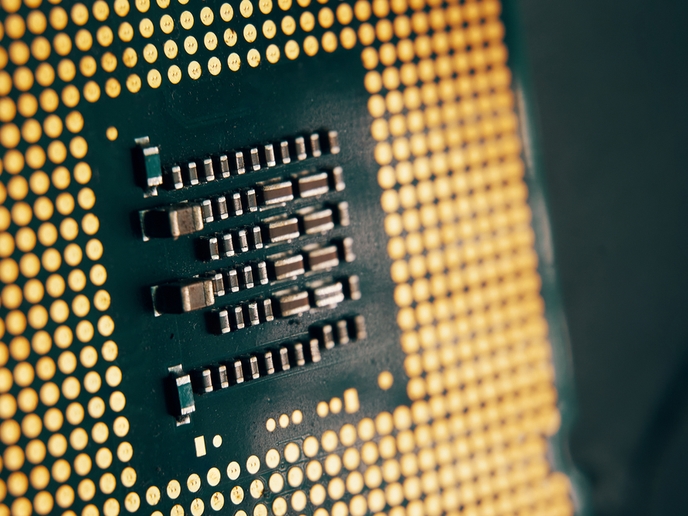Silicon technology for large-scale quantum processors
Quantum computing may offer a whole new world of possibilities, but it’s also a Herculean challenge. Researchers and engineers had to go back to the drawing board and revolutionise the way processors are built. In this context, any already proven technology that can be used to advance research is somewhat of a blessing. The MOS-QUITO project focused its attention on one of these to create scalable quantum processors: silicon technology. The team’s ambition is to demonstrate that silicon-based qubit devices can be entirely fabricated using an industry-compatible CMOS platform. They also looked into the possibility of developing traditional CMOS electronics capable of operating at very low temperature and serving as control hardware for quantum processors. “The project builds upon years of basic research. These have provided us with an important understanding of low-temperature (sub-Kelvin) electronic properties of silicon metal-oxide semiconductor transistors and, more specifically, transistor devices based on silicon-on-insulator technology,” says Silvano De Franceschi, coordinator of the project on behalf of the French Alternative Energies and Atomic Energy Commission. The project’s rationale is that the use of silicon technology for quantum computing can actually leverage the large-scale integration capabilities of an already well-established industry. As De Franceschi points out: “The purpose of quantum computers is to solve practical problems that current ones couldn’t possibly handle, and for that they require a very large number of physical qubits. Leveraging silicon technology seems like a compelling option to realise this vision.” Over the course of the project, De Franceschi and his team designed and tested a variety of silicon spin qubits – qubits relying on the spin degree of freedom of a localised electronic charge to hold quantum information for a very long time. From there, they took advantage of a 300-mm CMOS fabrication line in Grenoble. They wanted to demonstrate that high-quality silicon spin qubits can be manufactured using industry-standard CMOS processes within a large-scale nanofabrication facility. It wasn’t an easy process, as De Franceschi explains: “The main difficulties were encountered at the level of device fabrication. Some new fabrication processes had to be developed, and unexpected fabrication issues resulted in some delay. We also suffered from delays due to equipment problems.” MOS-QUITO’s other important objective consisted in developing a toolkit of CMOS-based devices such as low-noise amplifiers, circulators and multiplexers. Eventually, these could be used as low-temperature peripheral electronics for improved qubit control and readout. “By sharing the same CMOS technology, qubits and at least part of the control electronics could even be co-integrated on the same chip. This unique opportunity could be particularly helpful for the development of fast and scalable readout circuitry,” De Franceschi points out.
Work in progress
The project has been particularly fruitful, with a total of 55 publications and seven patents introduced. Besides demonstrating and studying the first qubit-based CMOS technology, the project released proof-of-concept demonstrations of several cryo-CMOS circuits with a variety of functionalities. This work is essential for the development of large-scale quantum computers, as quantum information stored in qubits can rapidly degrade and become unusable if not cooled down to temperatures close to absolute zero. Other achievements include the development and optimisation of spin readout techniques based on: RF gate reflectometry; improved understanding and use of electric-dipole spin resonance for both holes and electrons; and initial results on charge control in silicon CMOS-based quadruple quantum dots. Although MOS-QUITO was completed in September 2019, work continues in two follow-up projects. These projects, an ERC Synergy project named QuCube and a Quantum Technology Flagship project called QLSI, both aim to take silicon qubits closer to scalable quantum computing.







